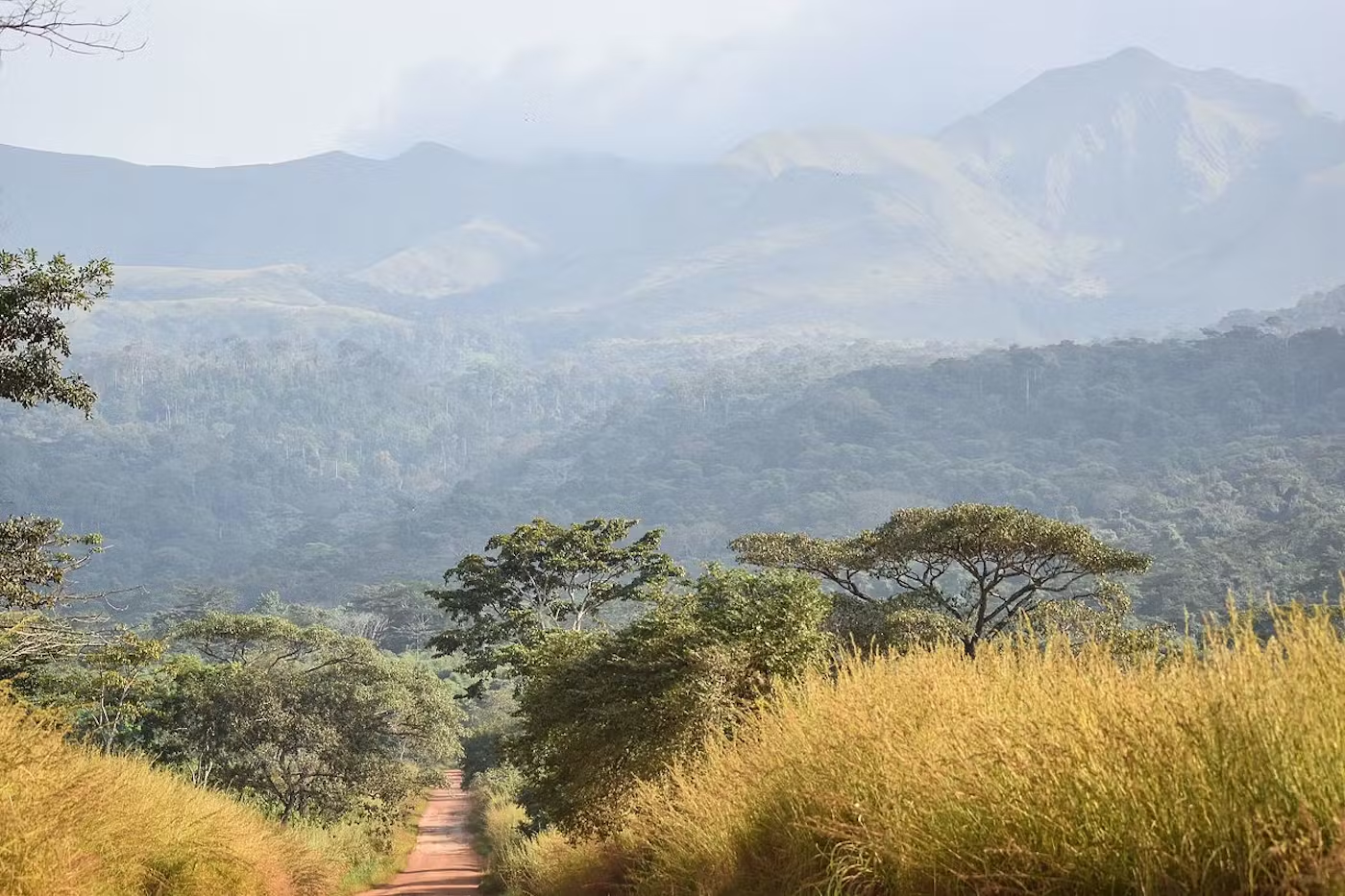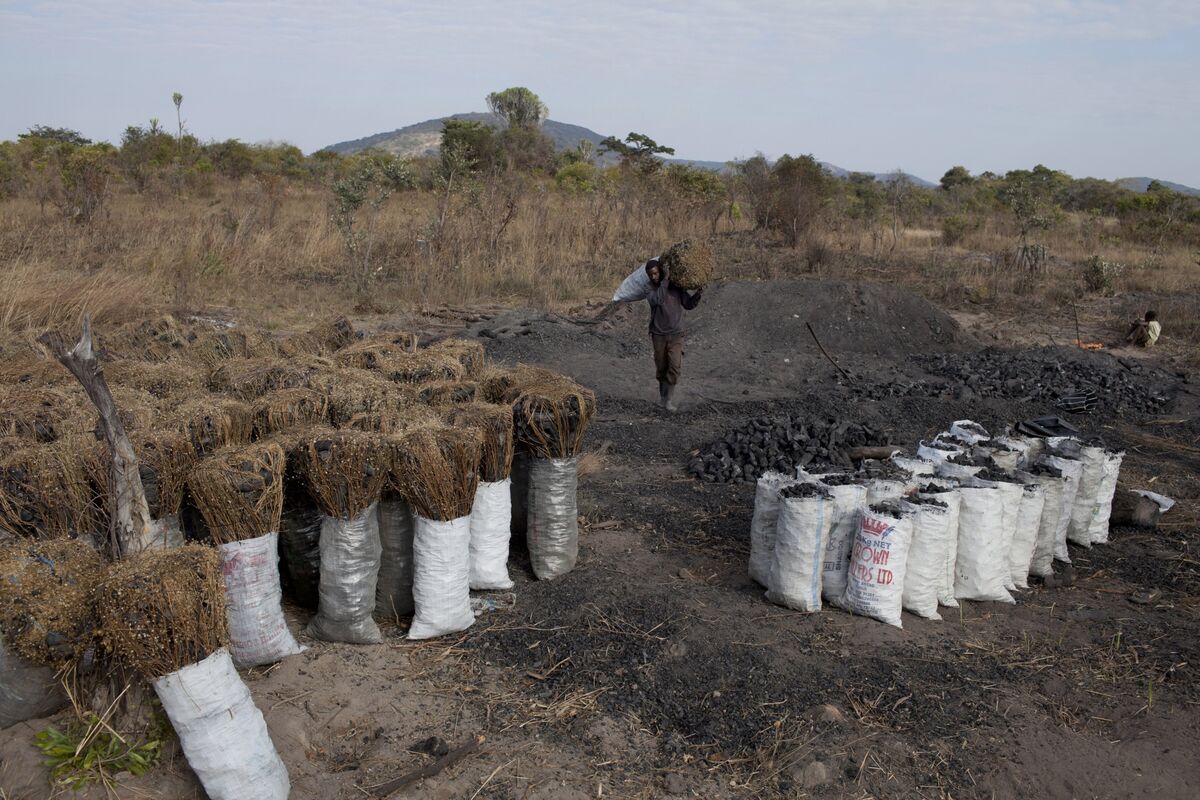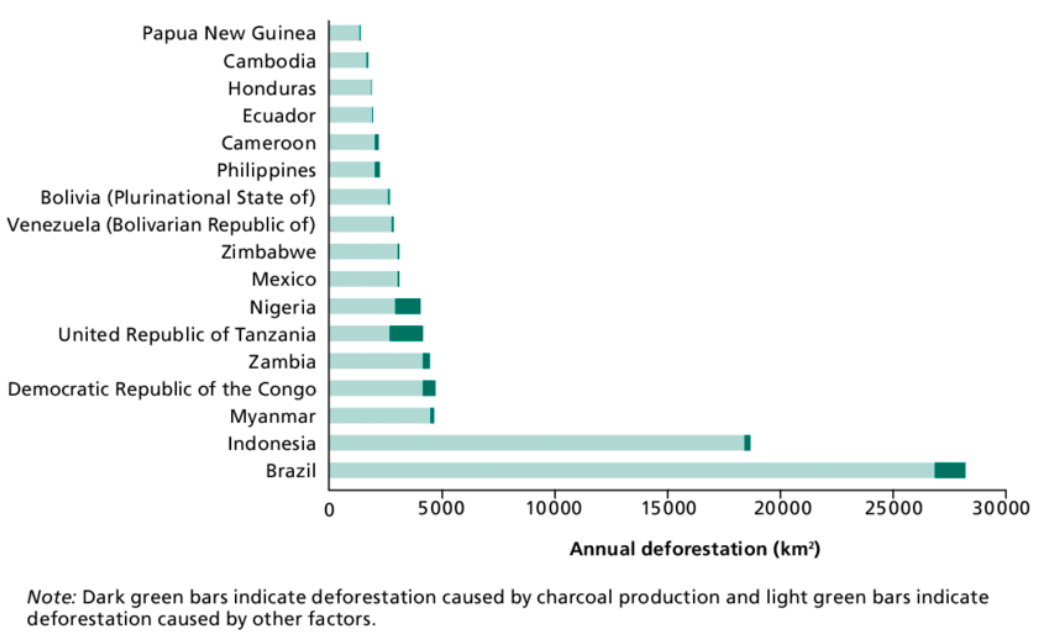Featured Forest Protection Projects
Our initiatives are making measurable impacts in some of the most critical forest regions.

North Swaka Forest Reserve Initiative
ActivePartnering with 15 indigenous communities to protect 110267 hectors of the forest reserve through land rights recognition, sustainable development programs, and advanced monitoring systems.
110276
Hectors Protected
78%
Less Illegal Logging

Fighting Illegal Charcoal Burning with Sustainable Solutions
ExpandingWe arecracking down on illegal charcoal production through policy enforcement and community education. We raise awareness about the dangers of deforestation and promote sustainable alternatives like solar energy, biogas, and clean cookstoves helping reduce dependence on charcoal and protect Zambia’s forests.
650
Forest Guardians
9200
Trees Protected
